Search
Walkaway of Nena Casas (Sarrià, Barcelona)
Read morePere and Ramon's Trip around the World
Ramon Casas
Ramon Casas i Pere Romeu en un tàndem. Any 1897
Read moreNight Gaudí
On Saturday 19 February, from 6 pm to 11 pm, we invite you to rediscover the figure of Antoni Gaudí and the Barcelona where he lived in a new light, with open doors to the Gaudí exhibition and the Modern Art collection!
From 7 pm to 10 pm we offer you Strolling through Gaudí's Barcelona, a selection of commented artworks from the Modern Art Collection on Gaudí's Barcelona, up to the architect's death in 1926. You will be able to enjoy the collection from new perspectives and discover new additions to the artrooms.
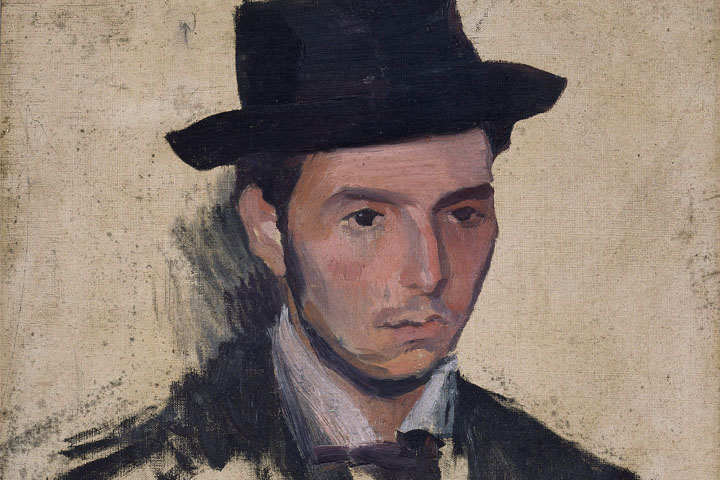
Portrait of Josep Pijoan, Francesc Torres-García
Room 40
Catalan: 7, 8 and 9.15 pm; Spanish: 7.30, 8.30 and 9.45 pm
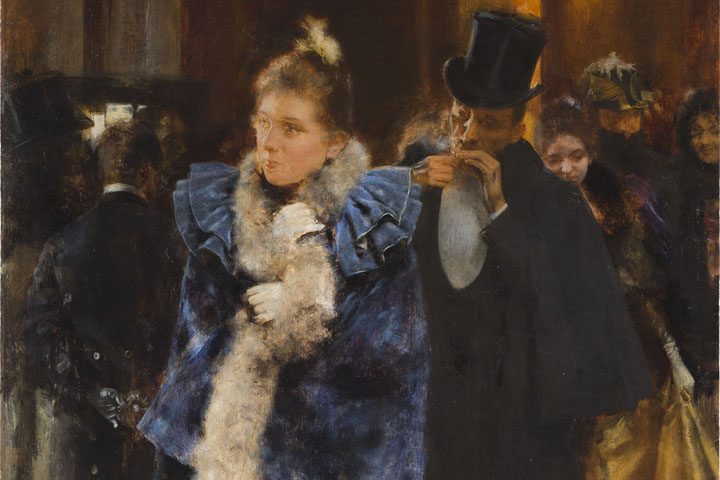
Leaving the Ball, Romà Ribera
Room 45
Catalan: 7.15, 8.15 and 9.30 pm; Spanish: 7.45 and 9 pm
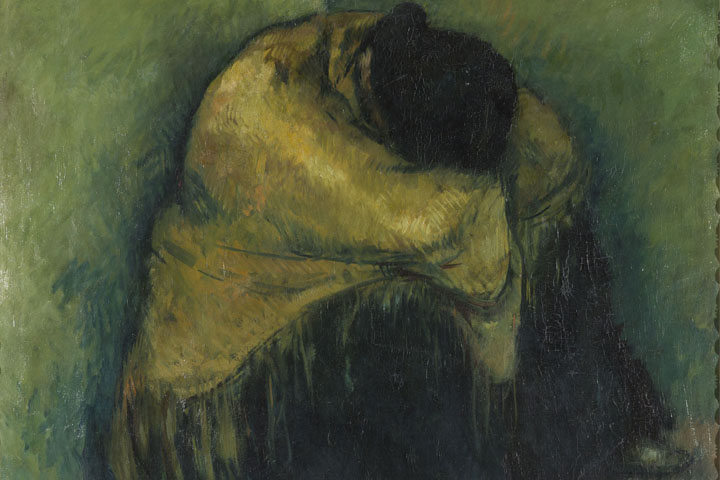
Rest, Isidre Nonell
Room 46
Catalan: 7, 8 and 9.15 pm; Spanish: 7.30, 8.45 h and 9.45 pm

The Degenerate, Carles Mani
Rooms 46 - 47
Catalan: 7.15, 8.15 and 9.15 pm; Spanish: 7.45 and 9 pm

The sea wall and the fortress of Montjuich, Charles Clifford
Room 50
Catalan: 7 and 8.30 pm; Spanish: 7.45 h and 9.30 pm
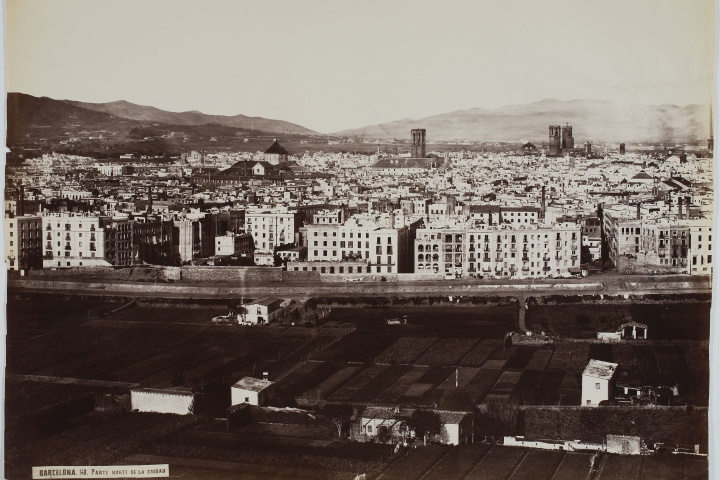
Northern part of the city, Charles Clifford
Room 50
Catalan 7 and 8.30 pm; Spanish: 7.45 and 9.30 pm
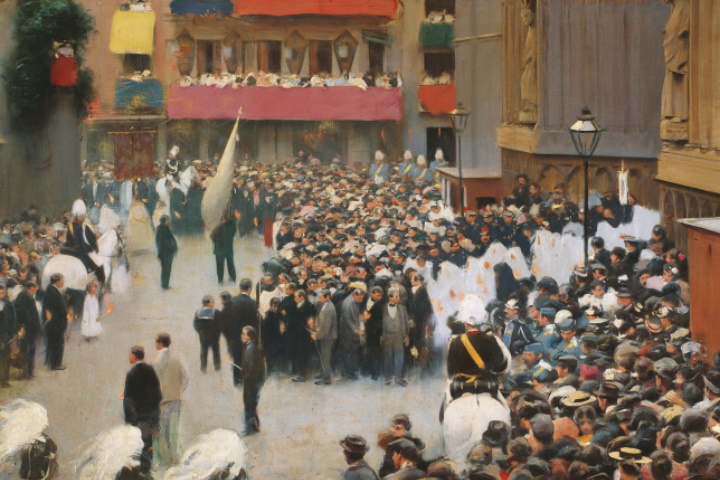
The Corpus Christi Procession Leaving the Church of Santa Maria, Ramon Casas
Room 50
Catalan: 7.15 and 8.45 pm; Spanish: 8 and 9.45 pm
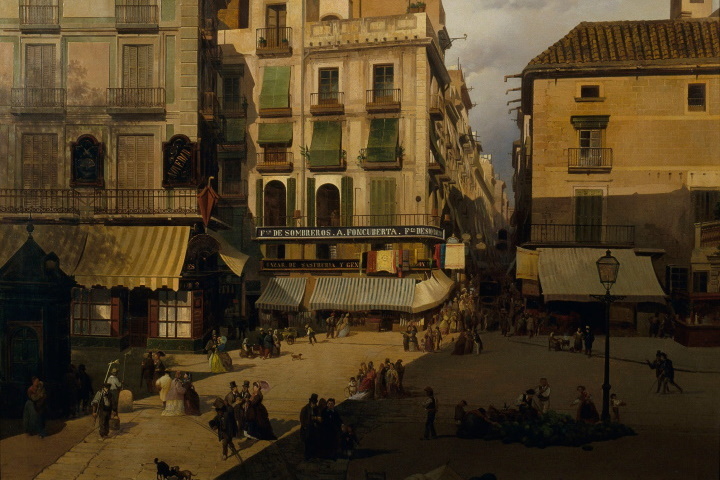
El pla de la Boqueria, Achille Battistuzzi
Room 40
Catalan: 7.30 and 9.15 pm; Spanish: 8.15 pm
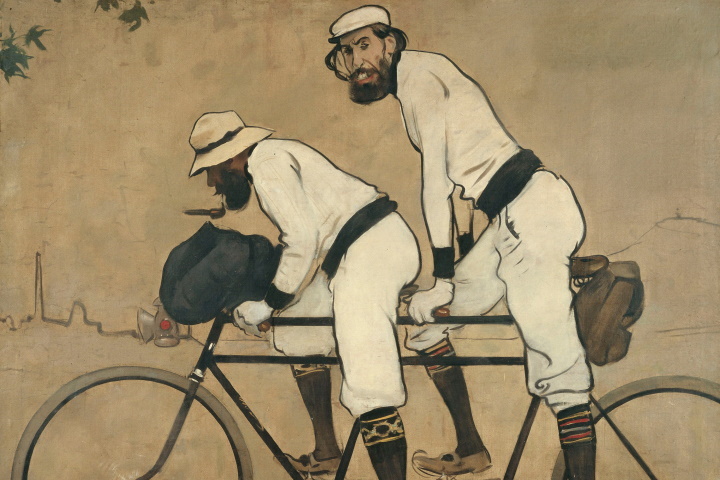
Ramon Casas and Pere Romeu on a Tandem, Ramon Casas
Room 54
Catalan: 7, 7.30 and 8 pm; Spanish: 7.15, 7.45 and 8.15 pm
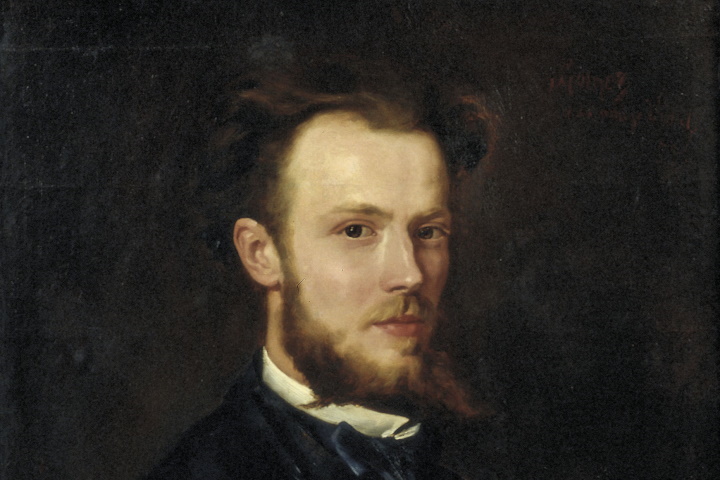
Portrait of the cabinet-maker Francesc Vidal i Javellí, Simó Gómez
Room 56
Catalan: 7, 8 and 9.15 pm; Spanish: 7.30, 8.30 and 9.45 pm
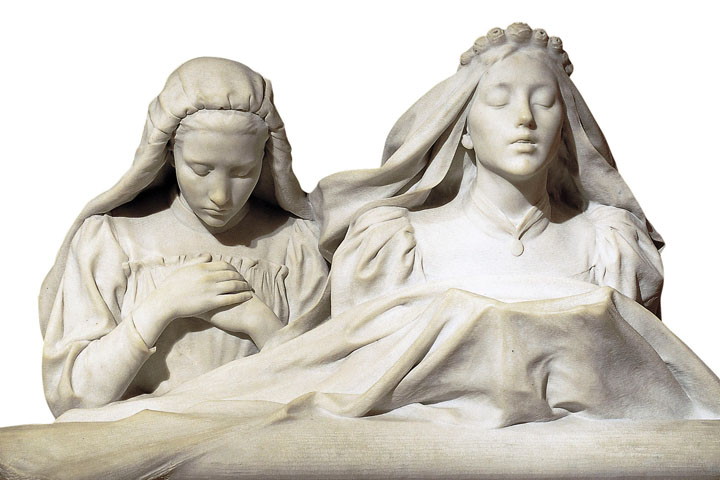
First Communion, Josep Llimona
Room 57
Catalan: 7.15, 8.15 and 9.30 pm; Spanish: 7.45 and 9 pm
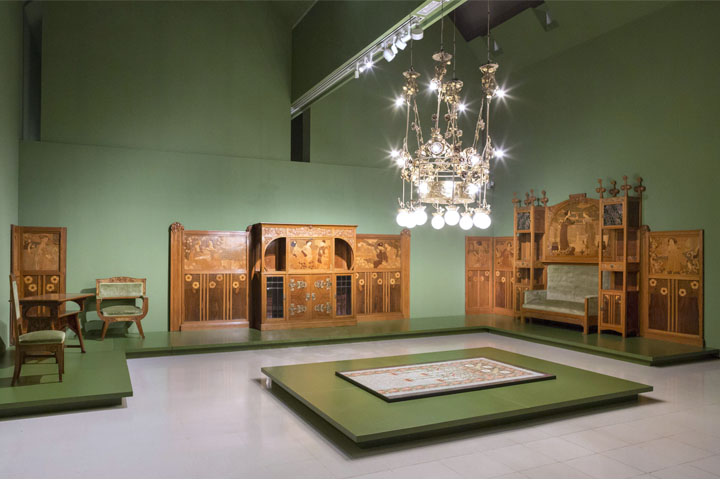
Main floor living room from Casa Lleó Morera. Gaspar Homar, Josep Pey, Eusebi Arnau
Room 59
Catalan: 7, 8 and 9.15 pm; Spanish: 7.30, 8.45 and 9.45 pm
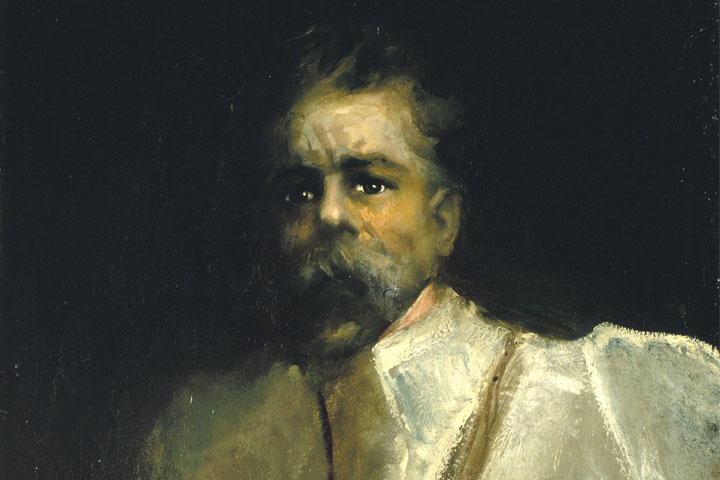
Self-portrait, Aleix Clapés
Room 60
Catalan: 7.15, 8.15 and 9.30 pm; Spanish: 7.45 and 9 pm

WebApp for mobile use. To access you must enter the code 1418
Playlist created in collaboration with ESMUC
| Sweet and savoury offerings in the Cafè and in the Oval Room: chocolate and much more! |
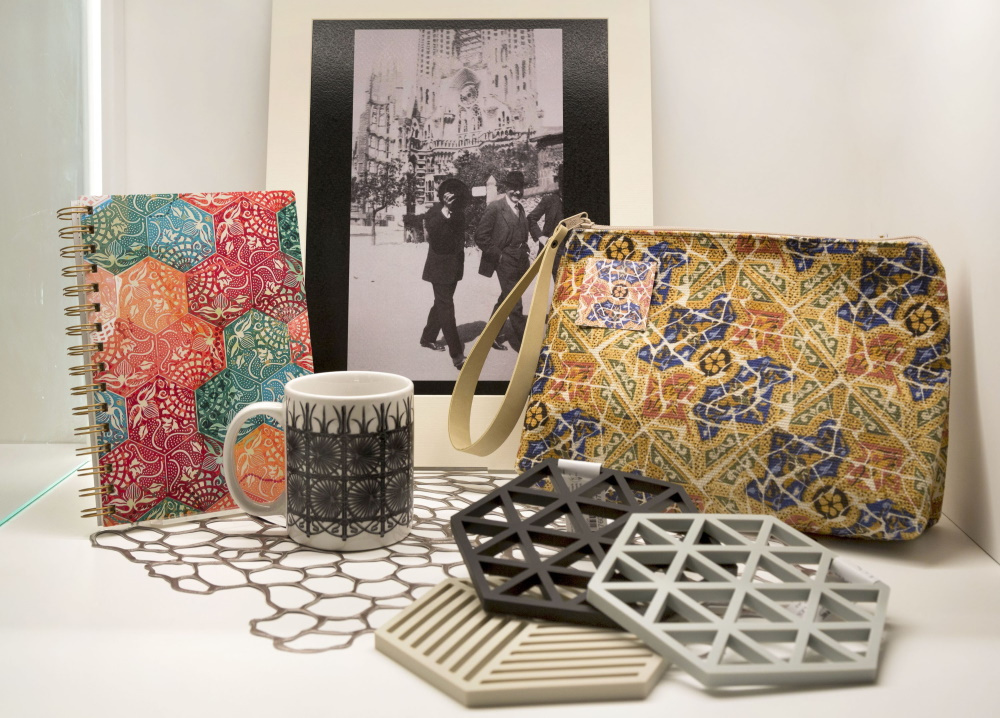 |
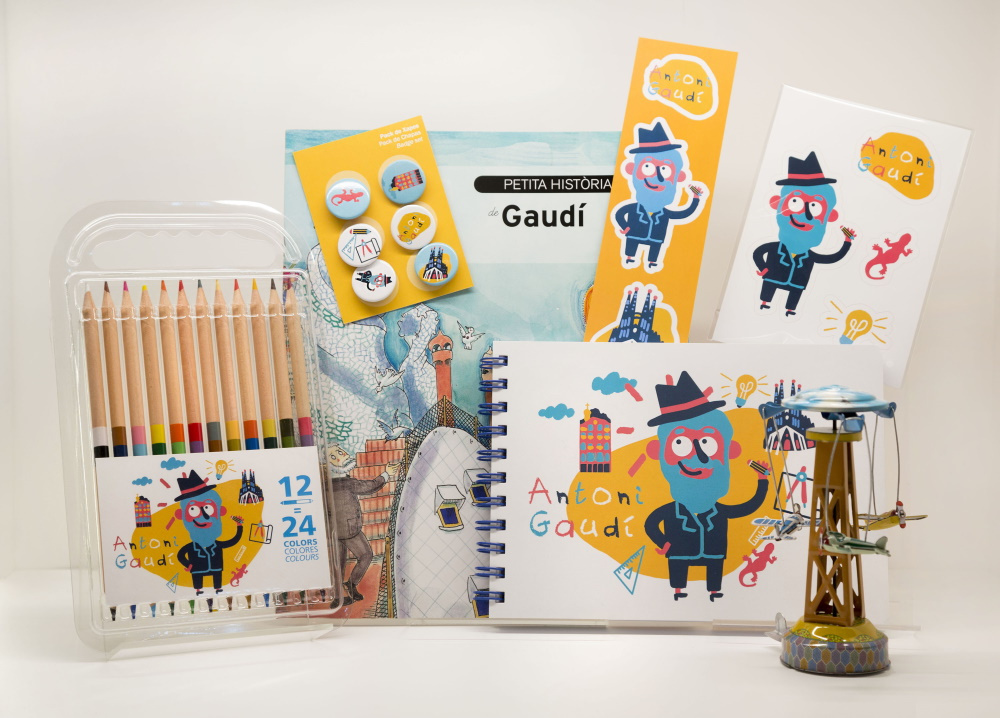 |
Merchandising of the Gaudí exhibition in shop |
Ramon Pichot. From Els Quatre Gats to La Maison Rose
Read more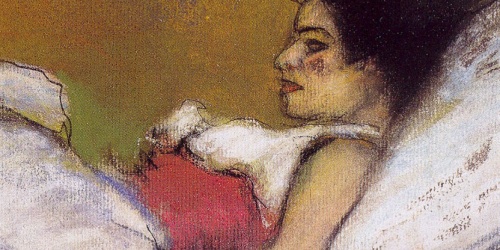
The Banc Sabadell Art Collection deposits two emblematic works in the museum
Two emblematic works by Rusiñol and Gimeno have been incorporated in the Museu Nacional thanks to the Banc Sabadell Art Collection
Ramon Casas, velocipedist, by Santiago Rusiñol, and Children reading (Francesc and Josep), by...
Read more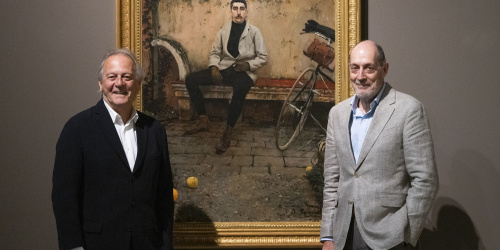
The "New Woman"
A new feminist ideal that emerged in the late XIX century and had a profound influence on feminism well into the XX century was called the "New Woman". The term was first used by the writer Sarah Grand in her article "The New Aspect of the Woman Question" published in March 1894. Further on, it was popularized by British-American writer Henry James to describe the growth in the number of educated and independent career women in Europe and the United States, pushing the limits, set by patriarchal society. Writers in the 1890s and early 1900s described the "New Woman" as an independent, educated, uninterested in marriage and children young woman, poised to enjoy a more visible and active role in the public arena than women of preceding generations.
Do you want to know more?
Read moreI. The Rise of the Modern Artist
The modern artist defines art as a religion –art for art’s sake– and himself as a non-conformist opposed to the conventions of bourgeois society, although the truth is that art is an essential part of a market in luxury goods for which the bourgeoisie are the only clients. In marked contradiction to this, the life of the artist comes across as bohemian –in other words, someone who identifies with the finges of society. The modern artist comes across as a Gypsy (which in fact was the original meaning of the word ‘bohemian’), drifter or actor in a play featuring fools, visionaries or madmen, beings seemingly possessed, like him, by inspiration.
Portrait of Ramon Llisas
Read more
Portrait of Ramon Pichot
Read more
Portrait of Ramon Domènec Perés
Read more












